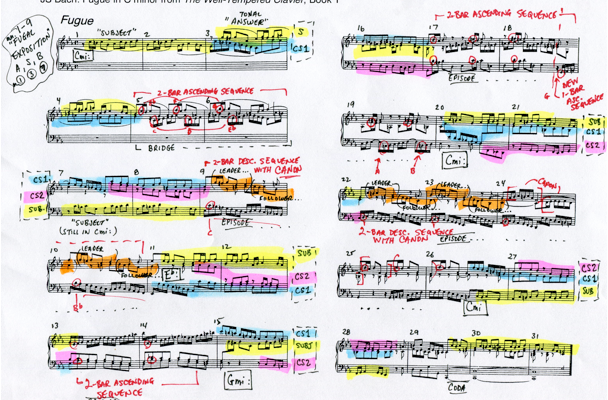Practice Tips for Developing a Solid Technique in Piano Performance
Practicing is both an art and a science. Every student of piano performance must remember that their achievement on the instrument will be the direct result of the amount of time and the quality of their practicing.
The art and science of practicing is not just time spent at the instrument but time spent listening to the music the student is working on, studying and understanding the harmonic analysis of the music as well as researching the time period and technical characteristics of the composer of the piece you are working on.
In addition to this, it is advisable for the student to prepare a weekly plan outlining the time spent on specific techniques, repertoire, sight-reading and review of old or previously learned repertoire.
Technique
The purpose of technique is to serve the pianist’s imagination and realize his/her interpretive ideas on the instrument. The pianist should be able to have complete control of their fingers. In order to achieve this we have to train them so they will do whatever we want them to do to serve the pianists imagination. Technique and interpretation are interwoven.
Listening
Just as technique and interpretation are interwoven, reading musical scores and listening to music are equally important and interwoven. The art of listening to one’s own playing can be acquired first by listening to other pianists. Piano students need to learn to listen to other performances on a deeper level, following musical ideas and subtle nuances which the student may or may not incorporate in their own performances.
Music Theory
Just as technique and interpretation are interwoven and listening and reading are interwoven, understanding music scientifically or music theory and memorization are deeply interwoven. The human mind can best retain things it understands, things that ‘make sense’. If we understand something musically, understand the musical structure of the piece the student is well on the way to memorizing and a solid performance. With this being accomplished the pianist is then able to use their technique to serve their imagination and deliver an inspired performance.
http://about.me/jamila.sahar




